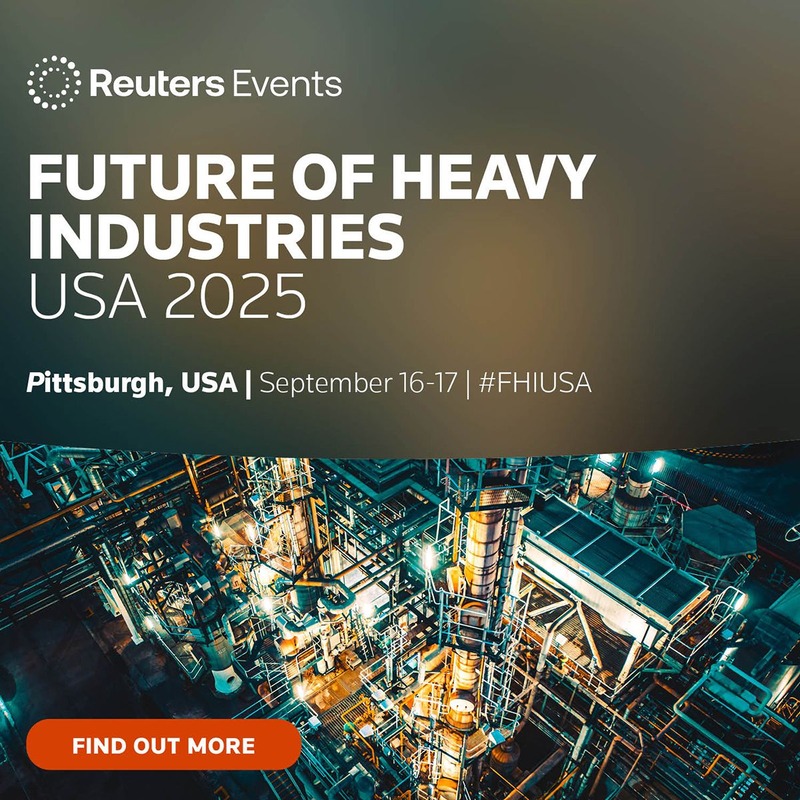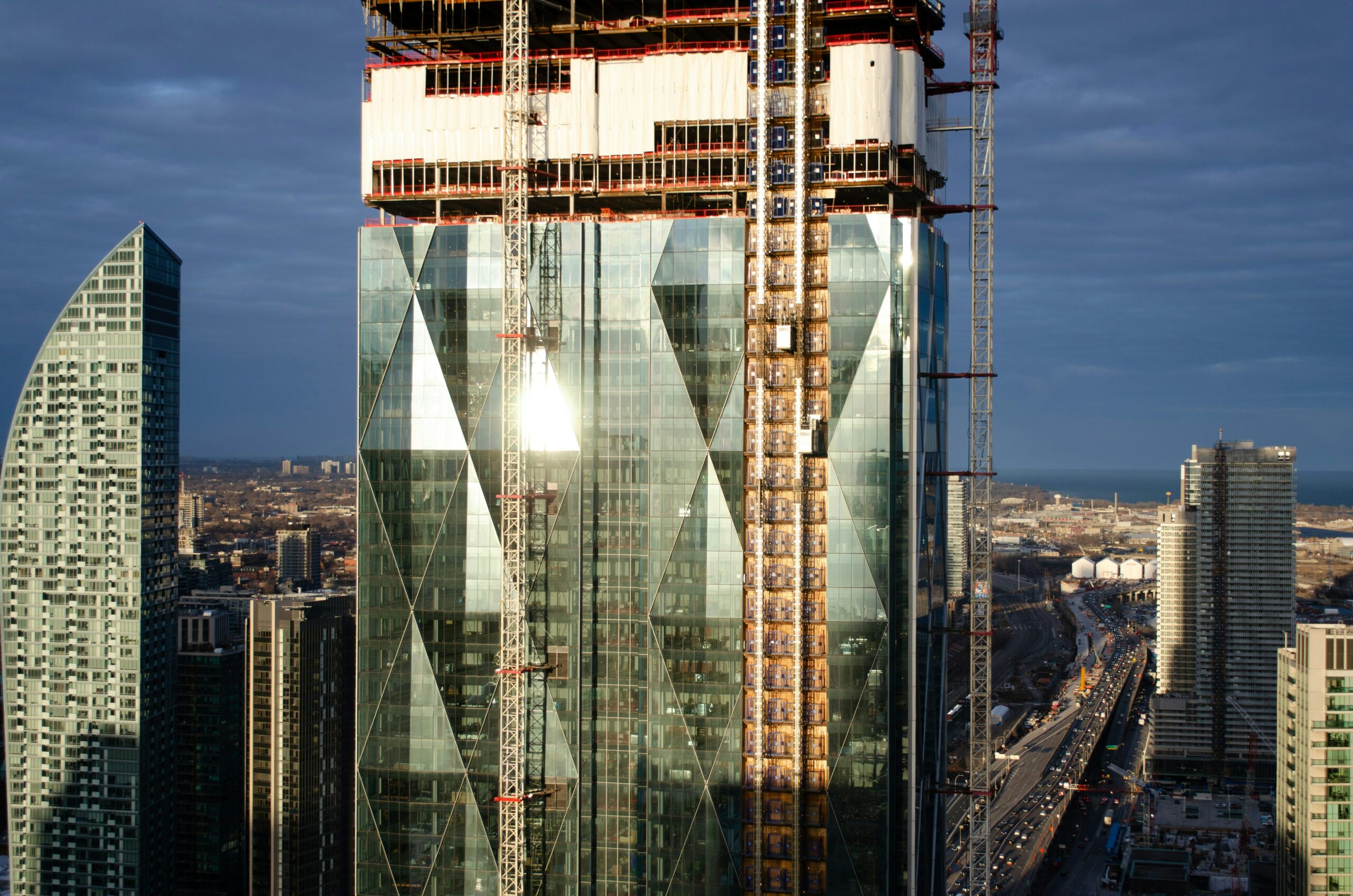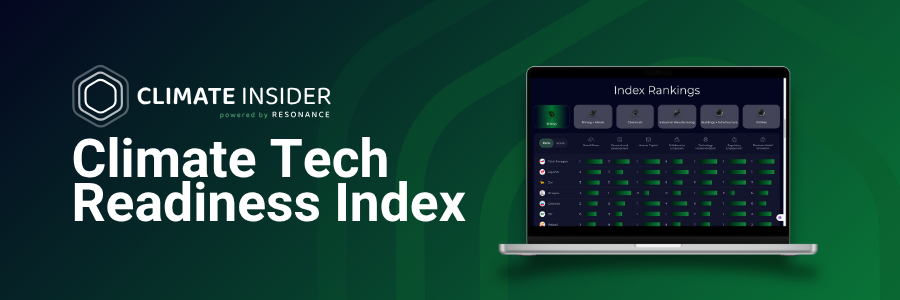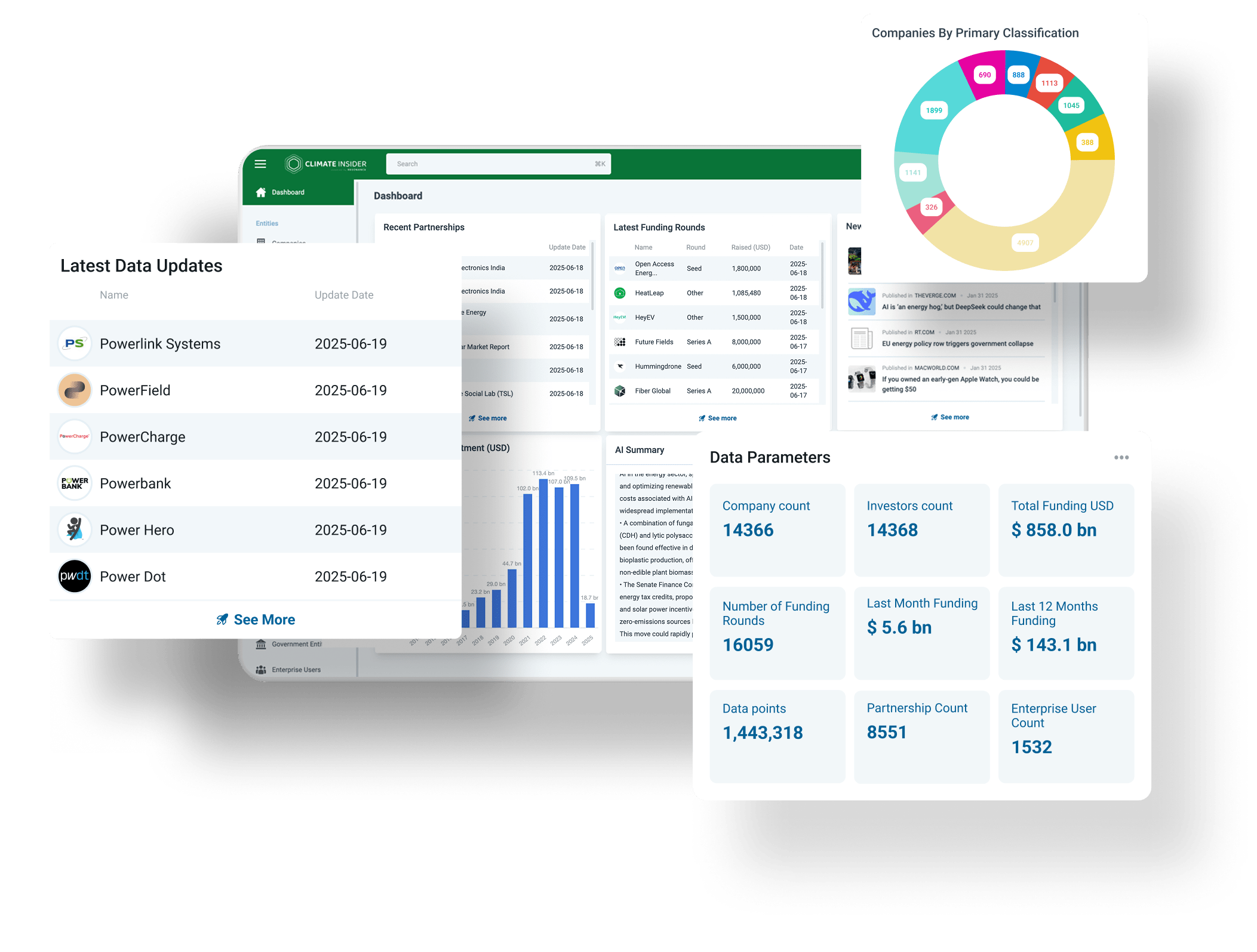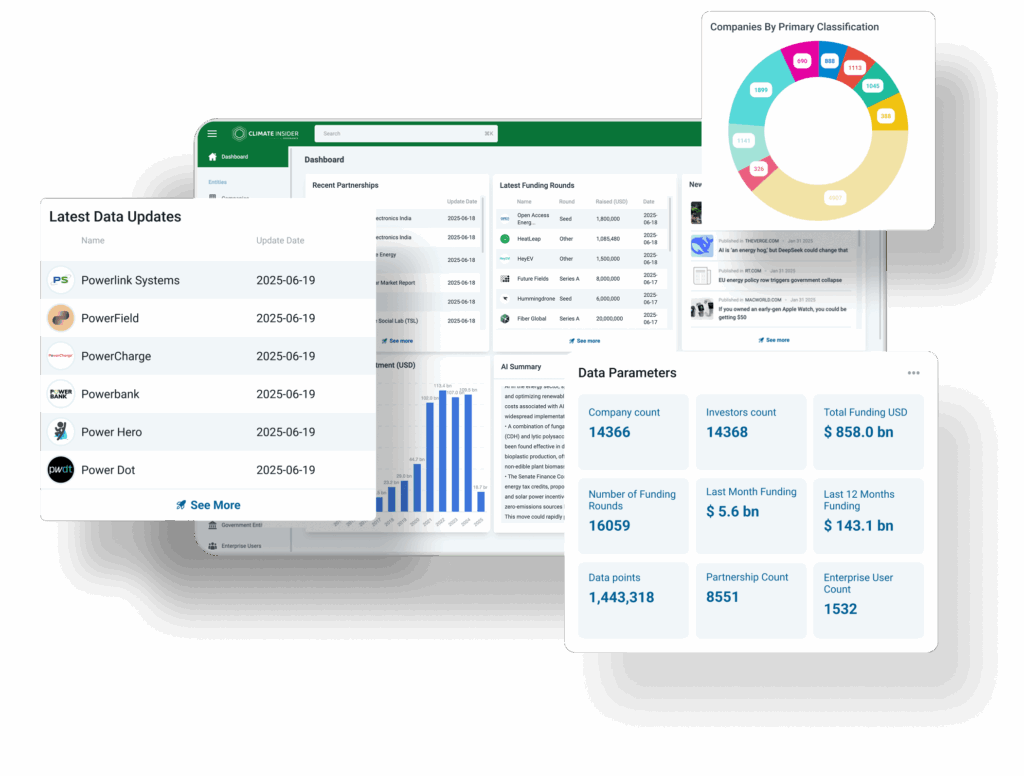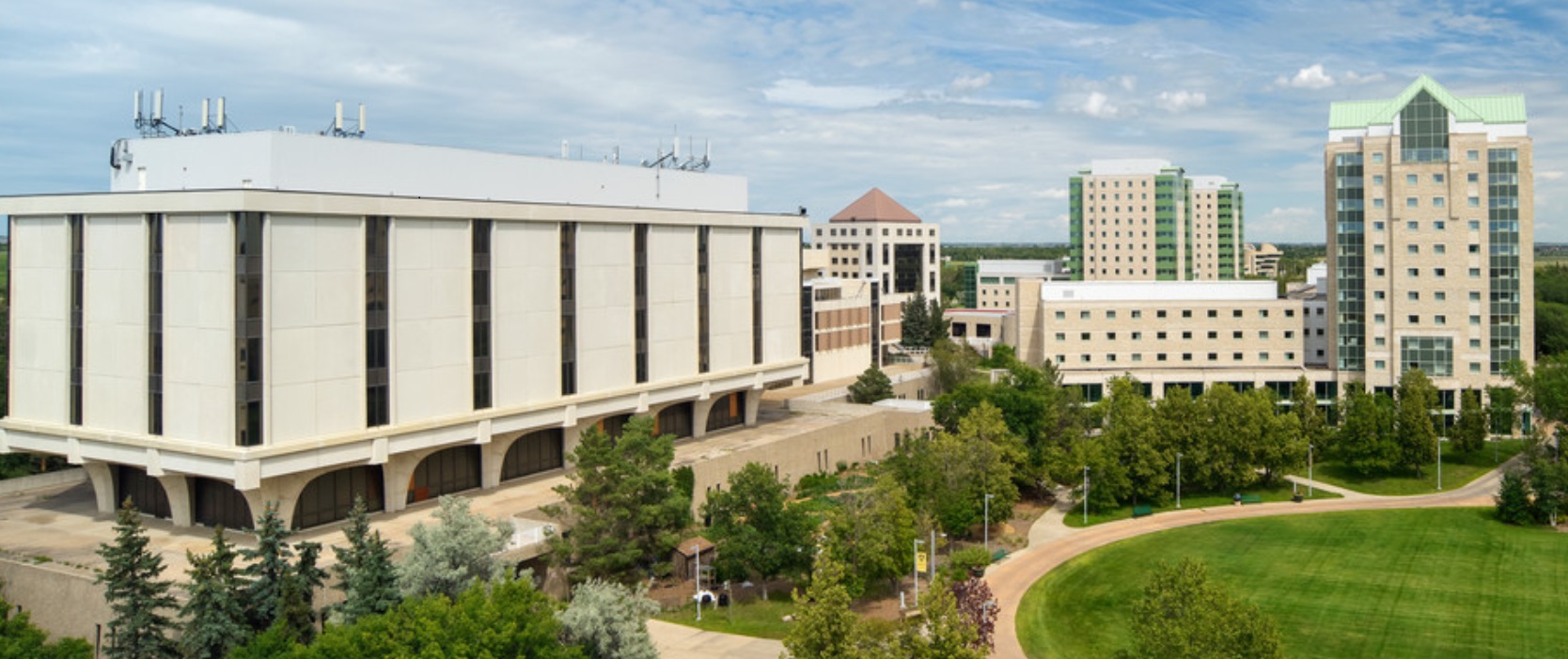Insider Brief
- Holtec International plans to build the first small modular nuclear reactors in the U.S. by 2030 at the Palisades site in Michigan, alongside the restart of the existing plant.
- The company has signed a partnership with Hyundai Engineering & Construction to develop a 10-gigawatt fleet of SMRs for North American and international markets.
- While SMRs promise lower costs and faster construction, critics highlight concerns over their unproven performance, economic viability, and nuclear waste management.
Holtec International, the company behind the planned restart of Michigan’s Palisades nuclear plant, is now aiming to build the first small modular nuclear reactors (SMRs) in the U.S. by 2030, according to the Detroit Free Press.
The Florida-based firm announced its latest goal on Tuesday, unveiling plans to construct two SMR-300 units at the Palisades site in Covert, Michigan. Each reactor would generate 300 megawatts of power, enough for roughly 300,000 homes, the Press reports. Combined with the Palisades plant’s expected 800-megawatt output, the site could provide more than 1,400 megawatts of electricity to the grid.
“This site is now undeniably ground zero for the nuclear renaissance,” said Rick Springman, Holtec’s president of global clean energy opportunities, as reported by the Detroit Free Press.

Small modular reactors, or SMRs, are gaining traction worldwide as a way to generate carbon-free electricity with lower upfront costs and faster construction times than traditional nuclear plants. Unlike full-scale reactors, SMRs are designed to be built in factories and transported to sites for installation, potentially reducing the risk of delays and cost overruns that have plagued large nuclear projects.
Holtec’s CEO, Kris Singh, called the announcement a turning point for nuclear energy.
“I believe today will be recognized as the day when new nuclear was born, in the form of small modular reactors,” Singh said, according to the Detroit Free Press.
Strategic Partnership with Hyundai
At a signing ceremony Tuesday, Holtec also formalized a partnership with Hyundai Engineering & Construction, a global nuclear project contractor. The companies plan to explore the construction of a 10-gigawatt fleet of SMRs in North America for both domestic and international customers.
“We do find in the United States and most countries of the world, the need for power is insatiable,” Holtec International President Kelly Trice said, according to the Detroit Free Press, adding that some areas in the U.S. could see power demand quadruple over the next 40 years, and renewable sources like wind and solar alone would not be enough.
“While nuclear power doesn’t solve all of the problems of the universe, it is very clean,” Trice said. “It is carbon-free, and it is baseload full generation, 24/7 power.”
Safety and Site Preparations
Holtec has already spent $50 million on environmental assessments at the Palisades site, including soil borings and groundwater monitoring. The company says its SMRs will incorporate passive safety features that allow reactors to cool themselves using gravity, eliminating the need for external power or operator intervention.
Singh described the reactors as “ultrasafe,” citing decades of lessons learned from the nuclear industry.
“Nothing in existence is unconditionally safe; there are, of course, always opportunities for failure,” Singh said. “We have explored seven decades of nuclear energy, every lesson learned. … We have declared victory in developing an ultrasafe reactor.”
A Global SMR Race
The International Atomic Energy Agency (IAEA) has identified 68 SMR designs in various stages of development worldwide, but only two are operational. Russia operates a floating nuclear power plant, the Akademik Lomonosov, which has supplied power to an Arctic region since 2020. China’s HTR-PM, a high-temperature reactor, began commercial operations in 2023.
A few other SMRs are under construction, including a demonstration reactor in Tennessee by Kairos Power, which is focused on producing industrial heat rather than electricity. Holtec’s SMR-300 design would be among the first commercial SMRs in the U.S. if it moves forward.
Singh compared the current state of SMRs to the early automobile industry, where dozens of companies competed before a few dominant players emerged.
“Whether we will be the champion, I’ll leave it to the future to judge,” Singh added.
Policy Uncertainty and Federal Support
Nuclear power is receiving renewed global attention as countries seek to reduce carbon emissions. In 2023, more than 20 nations at the United Nations Climate Change Conference pledged to triple nuclear capacity by 2050. That number has since grown to 31 nations.
In the U.S., policy uncertainty clouds nuclear energy’s future. While President Donald Trump withdrew the U.S. from the Paris climate accord on his first day back in office, he has also promoted domestic energy expansion, including nuclear.
“The Trump administration is likely to be bullish on nuclear energy, viewing it as a tool to unleash U.S. energy dominance,” said Jennifer Gordon, director of the Nuclear Energy Policy Initiative at the Atlantic Council’s Global Energy Center, in an analysis cited by the Detroit Free Press.
Cost and Waste Concerns
Despite the promise of SMRs, critics argue they remain unproven and expensive. Brendan Kochunas, an assistant professor at the University of Michigan’s nuclear engineering program, supports SMRs but acknowledges that cost remains a challenge. He pointed to Georgia Power’s Vogtle nuclear plant, which took 15 years and $37 billion to complete—far beyond its original estimates.
“The thinking is, it’s really hard and really expensive to build the types of plants we operate and have operating,” Kochunas said, according to the Press. SMRs, he added, could allow utilities to scale up generation over time rather than making a massive upfront investment.
Another unresolved issue is nuclear waste. Though SMRs produce less waste overall, their spent fuel is still highly radioactive and requires long-term storage. The U.S. has no centralized nuclear waste repository, meaning spent fuel is currently stored at reactor sites, including those along the Great Lakes.
A 2018 Detroit Free Press investigation found that more than 60,000 tons of spent nuclear fuel are stored near the Great Lakes, with more than 50,000 tons coming from Canadian nuclear plants. While Holtec plans to store spent fuel from its SMRs in underground casks that could last 120 years, long-term disposal remains an open question.
The Future of SMRs
Matthew McKinzie, senior director at the Natural Resources Defense Council, cautioned against overhyping SMRs, saying there is “no real-world data on the performance of SMRs, as none have been manufactured at scale.”
He added that SMRs face economic challenges, as their smaller size means lower revenue while construction costs may not be proportionally lower.
“For SMRs to play any role in the future, the technology must address concerns around cost, environmental radiation, nuclear waste, and nuclear weapons proliferation,” McKinzie told the Press. “Absent meeting these challenges, the technology is unlikely to succeed.”
Holtec, however, remains confident.
“Just as we did for the restart, I am proud that our company, our team and our partners are willing to raise our hands: ‘We will go first,’” Springman said, as reported by the Detroit Free Press.
Read more about What SMRs are in The Climate Insider.


